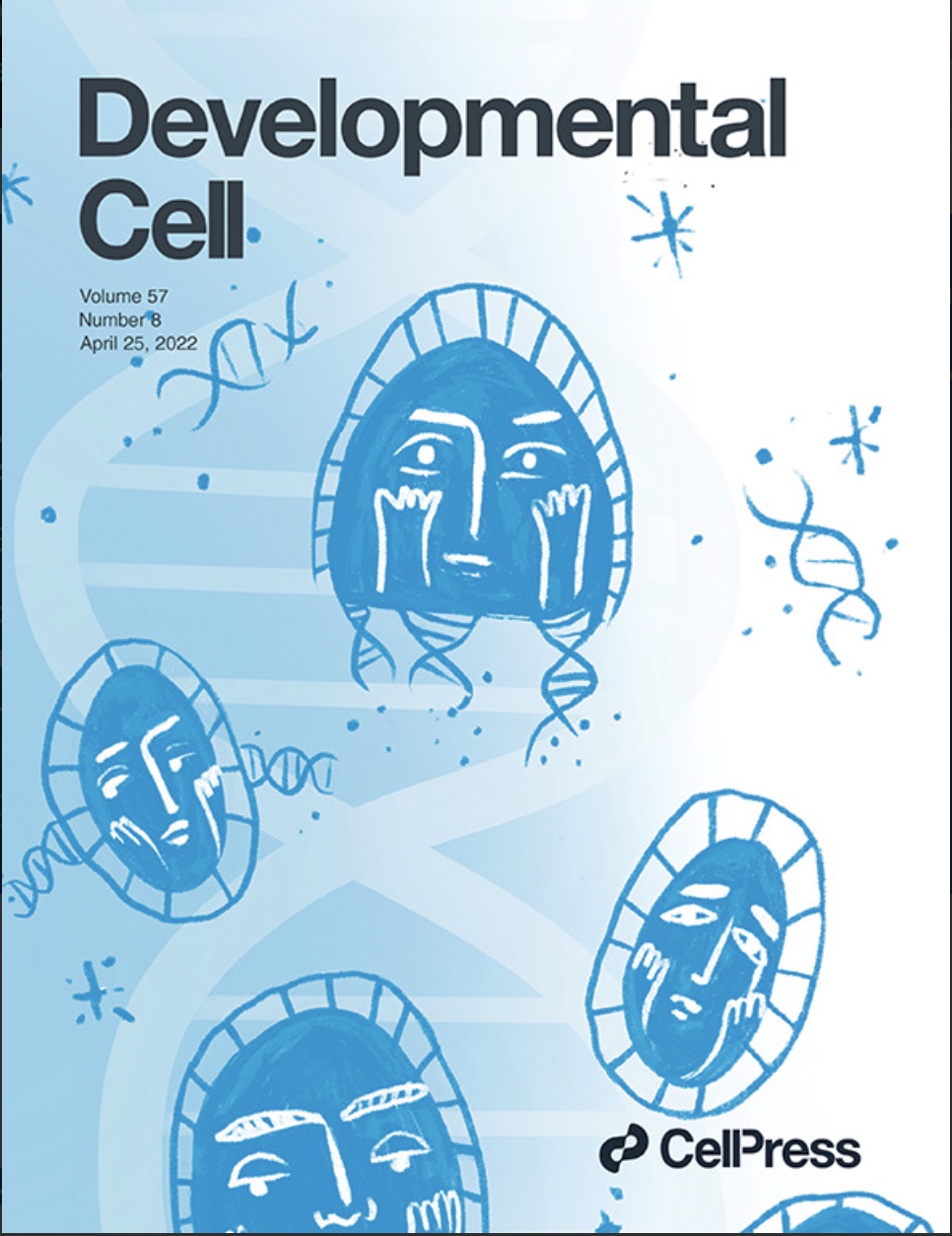Un nouvel article publié par l’équipe Duharcourt dans Developmental Cell!
Summary
Polycomb repressive complex 2 (PRC2) maintains transcriptionally silent genes in a repressed state via deposition of histone H3K27-trimethyl (me3) marks. PRC2 has also been implicated in silencing transposable elements (TEs), yet how PRC2 is targeted to TEs remains unclear. To address this question, we identified proteins that physically interact with the Paramecium enhancer-of-zeste Ezl1 enzyme, which catalyzes H3K9me3 and H3K27me3 deposition at TEs. We show that the Paramecium PRC2 core complex comprises four subunits, each required in vivo for catalytic activity. We also identify PRC2 cofactors, including the RNA interference (RNAi) effector Ptiwi09, which are necessary to target H3K9me3 and H3K27me3 to TEs. We find that the physical interaction between PRC2 and the RNAi pathway is mediated by a RING finger protein and that small RNA recruitment of PRC2 to TEs is analogous to the small RNA recruitment of H3K9 methylation SU(VAR)3–9 enzymes.


